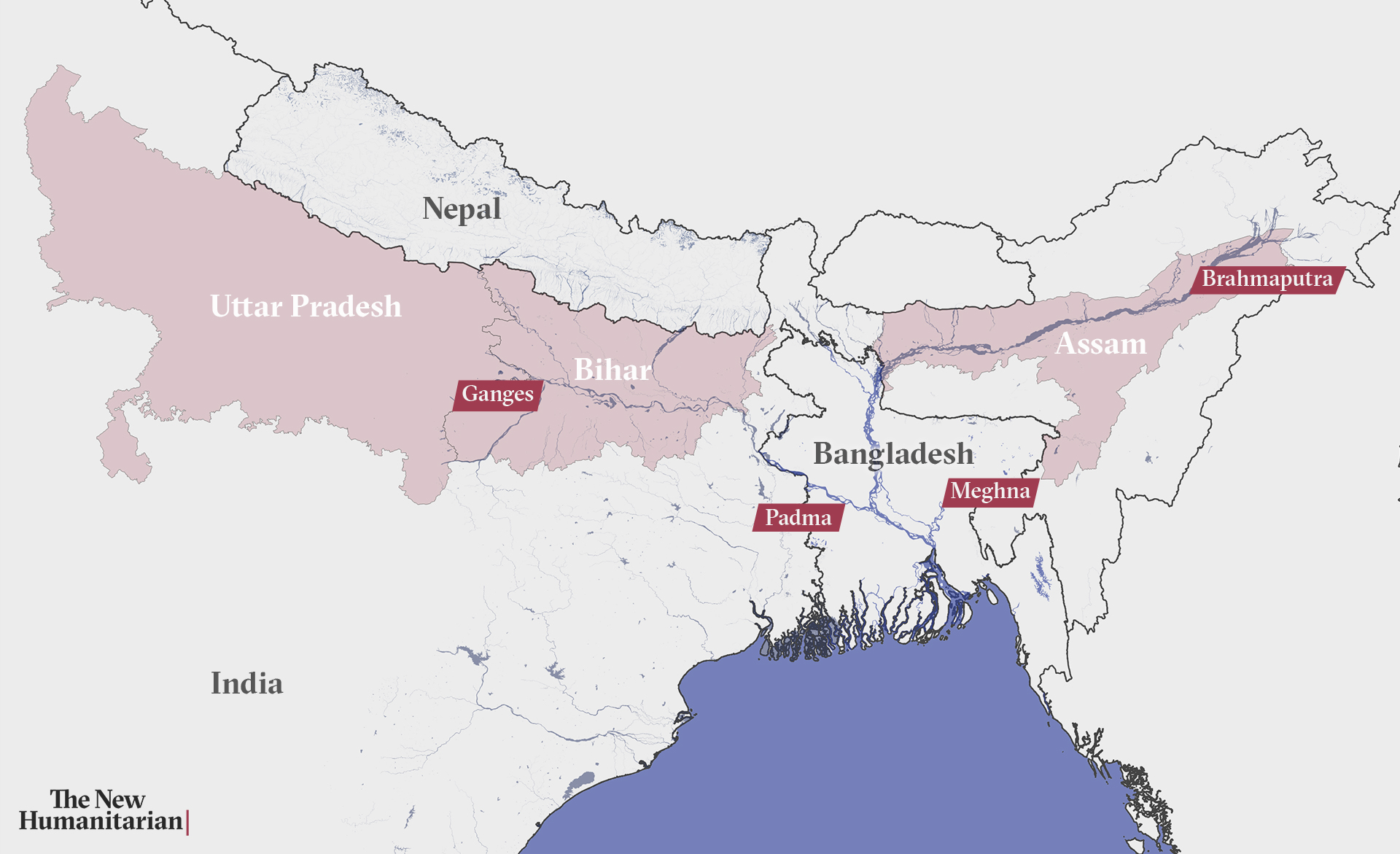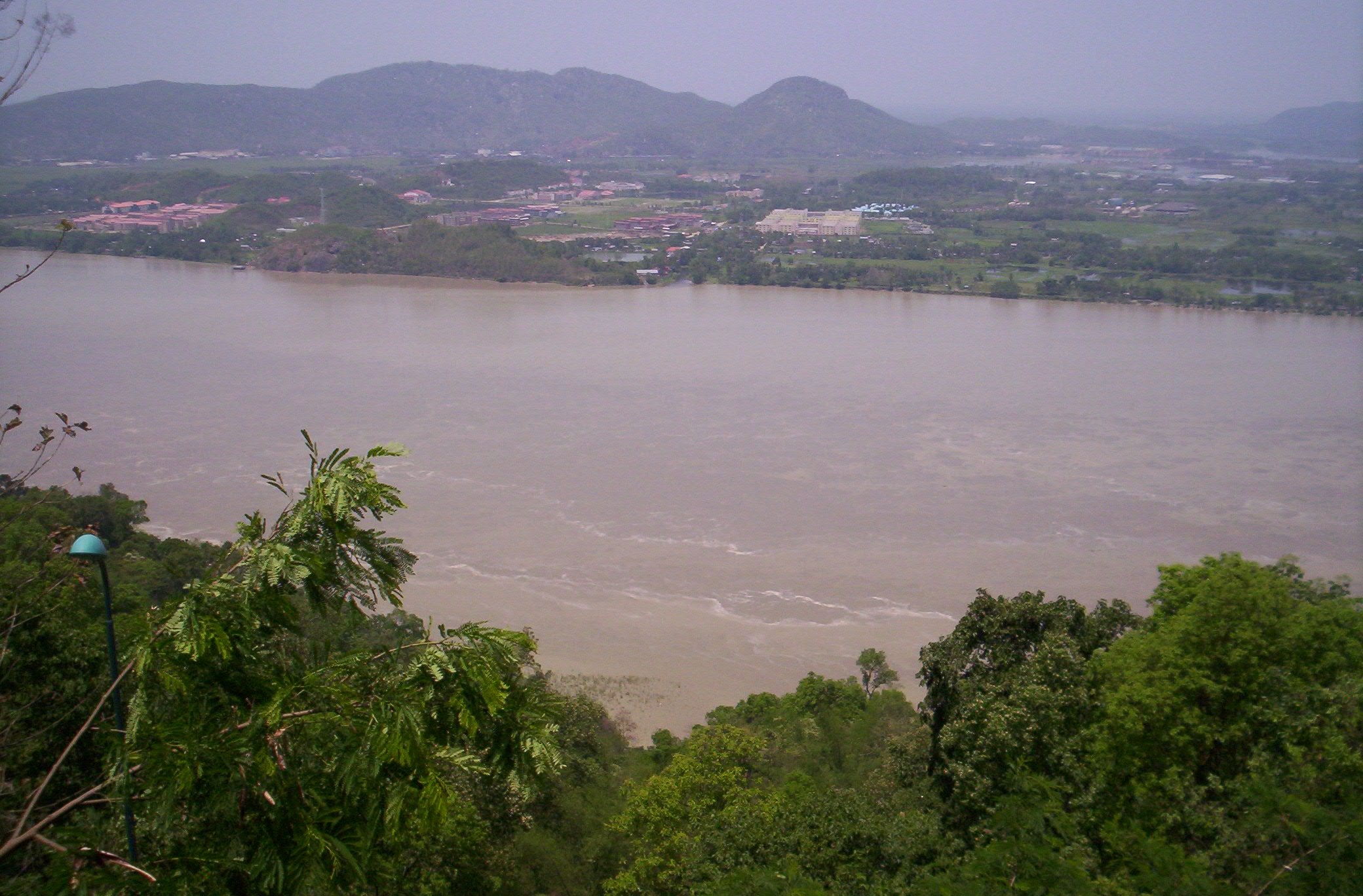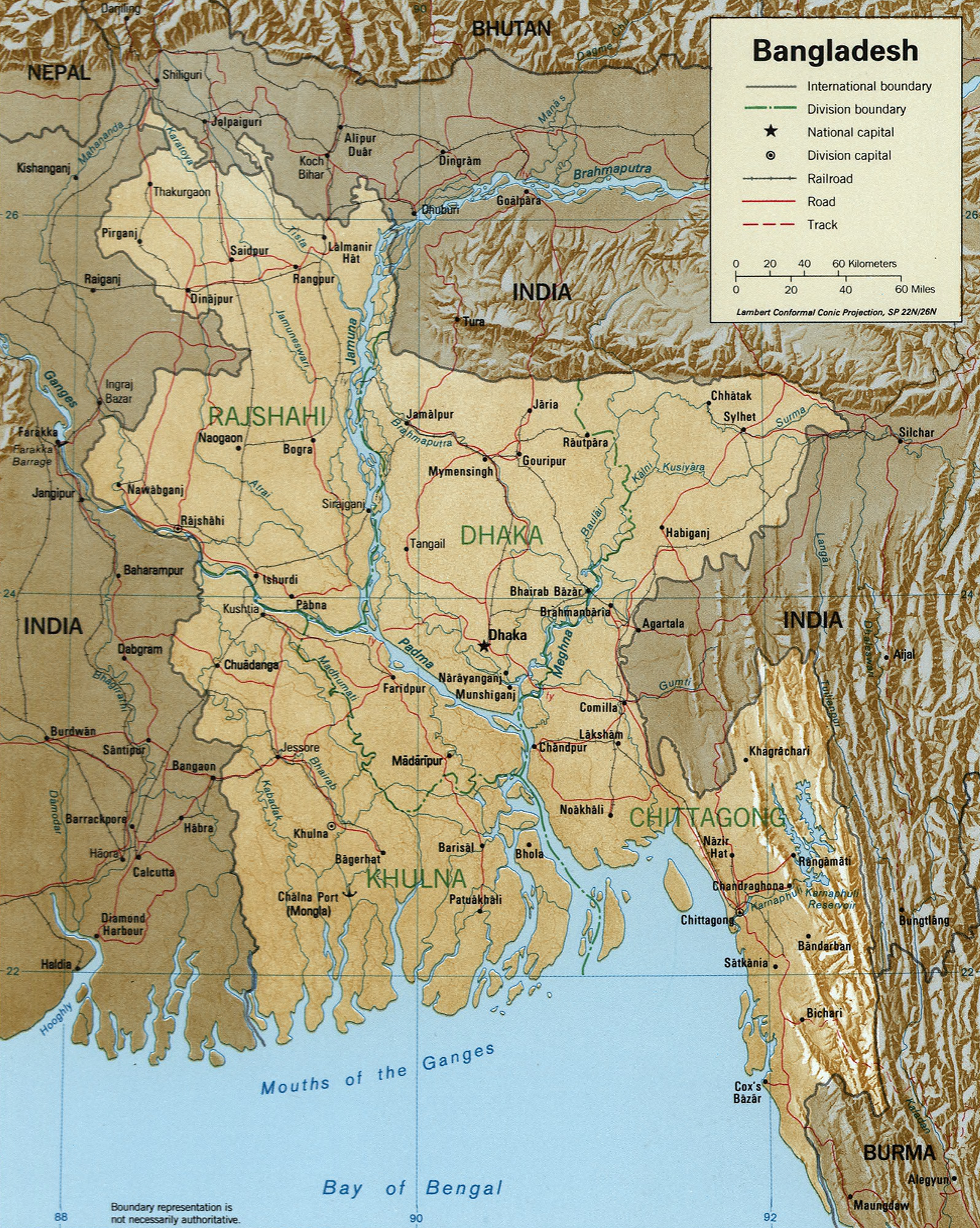India and Bangladesh share a common treasure, the mighty Brahmaputra River. Described as the lifeline of the region, its significance extends beyond geographical boundaries, making it a subject of great importance.

Padma River | Bangladesh, Map, Description, & Facts | Britannica - Source www.britannica.com
Editor's Notes: "Brahmaputra: The Mighty River Of India And Bangladesh" have published today. Because of these impact of this river for this region we think this topic is very important to read and know.
Through extensive analysis and research, we have compiled this comprehensive guide to shed light on the various aspects of the Brahmaputra River.
| Origin | Mansarovar Lake in Tibet |
|---|---|
| Length | 2,900 kilometers (1,800 miles) |
| Countries | India and Bangladesh |
| Importance |
|
The Brahmaputra River is a testament to the interconnectedness of nature and the well-being of the people who rely on it. Understanding its importance and the challenges it faces will help us protect and preserve this precious resource for generations to come.
FAQ
Brahmaputra, the mighty river flowing through India and Bangladesh, holds significant importance and raises many questions among seekers of knowledge. This FAQ section addresses some commonly asked questions to enhance understanding of this majestic water body.

map-rivers-india-nepal-bangladesh.jpg | | The New Humanitarian - Source www.thenewhumanitarian.org
Question 1: Where does the Brahmaputra River originate?
Answer: The Brahmaputra River originates in the Himalayas in southwestern Tibet, near Mount Kailash.
Question 2: What is the total length of the Brahmaputra River?
Answer: The Brahmaputra River is approximately 2,900 kilometers (1,802 miles) long.
Question 3: What countries does the Brahmaputra River flow through?
Answer: The Brahmaputra River flows through China, India, and Bangladesh before emptying into the Bay of Bengal.
Question 4: What is the significance of the Brahmaputra River?
Answer: The Brahmaputra River is a vital source of water, irrigation, and transportation for millions of people in South Asia. It also supports a diverse ecosystem and is home to many endangered species.
Question 5: What are the major tributaries of the Brahmaputra River?
Answer: The major tributaries of the Brahmaputra River include the Subansiri, Dihang, Dibang, and Kameng rivers.
Question 6: What are the environmental challenges facing the Brahmaputra River?
Answer: The Brahmaputra River faces several environmental challenges, including pollution, deforestation, and climate change.
Understanding the Brahmaputra River's origins, course, significance, and environmental concerns provides a comprehensive overview of this important Asian river.
Tips
This comprehensive guide to the Brahmaputra River covers various aspects of the river, including its geography, history, ecology, and cultural significance. It highlights the importance of the river to the people of India and Bangladesh.
Tip 1: Understand the Brahmaputra's Geography
The Brahmaputra is one of the largest rivers in Asia. It originates in the Himalayas and flows through Tibet, India, and Bangladesh before emptying into the Bay of Bengal. The river is known for its vast network of tributaries, which cover an area of over 600,000 square kilometers.
Tip 2: Learn about the Brahmaputra's History
The Brahmaputra has been an important waterway for centuries. It has been used for trade, transportation, and agriculture. The river has also played a significant role in the history of India and Bangladesh. In the 19th century, the Brahmaputra was the site of a major British military campaign.
Tip 3: Explore the Brahmaputra's Ecology
The Brahmaputra is home to a diverse range of plants and animals. The river's floodplains are a rich ecosystem that supports a variety of wildlife, including the endangered Ganges river dolphin.
Tip 4: Discover the Brahmaputra's Cultural Significance
The Brahmaputra is a sacred river to the people of India and Bangladesh. It is associated with the goddess Ganga and is considered to be a source of life and prosperity.
Conclusion
The Brahmaputra is a truly remarkable river. It is a vital resource for the people of India and Bangladesh, and it plays an important role in the region's culture and history. For more information, refer to Brahmaputra: The Mighty River Of India And Bangladesh.
Brahmaputra: The Mighty River Of India And Bangladesh
The Brahmaputra River, a colossal waterway flowing through India and Bangladesh, embodies an array of captivating and indispensable attributes that impact the lives of millions.
- Cultural Significance: A sacred river for Hindus, hosting major pilgrimage sites and religious festivals.
- Economic Lifeline: Supports agriculture, fishing, and trade, providing livelihoods for numerous communities.
- Environmental Hotspot: Rich in biodiversity, housing diverse aquatic and terrestrial ecosystems.
- Floodplain Dynamics: Regularly inundates vast areas, enriching soil fertility but also posing flood risks.
- Transboundary Cooperation: Flows through multiple countries, requiring collaborative management for sustainable use.
- Hydropower Potential: Immense potential for hydropower generation.
These aspects intertwine, shaping the complex relationship between the Brahmaputra and the communities it sustains. The river's cultural significance instills a deep reverence, influencing water management practices. Its economic importance drives agricultural and commercial activities, while its environmental value necessitates conservation efforts. The floodplain dynamics challenge communities but also enhance agricultural productivity. Transboundary cooperation is crucial for equitable water allocation and flood management. The hydropower potential holds promise for sustainable energy generation. Understanding these key aspects provides a comprehensive lens through which to appreciate the multifaceted nature of the mighty Brahmaputra.

Water-sharing agreements with India draw criticism in Bangladesh | Asia - Source www.dw.com

Brahmaputra River Facts and Information - Factins - Source factins.com
Brahmaputra: The Mighty River Of India And Bangladesh
The Brahmaputra River is a trans-boundary river that flows through Tibet, India, and Bangladesh. It is one of the major rivers of Asia and is considered a lifeline for the people of these countries. The Brahmaputra River has a significant impact on the economy, environment, and culture of the region.

Should Bangladesh proceed with plans to control its annual river - Source www.writework.com
The Brahmaputra River is a major source of water for irrigation, drinking, and transportation. It also supports a diverse ecosystem, including fish, birds, and mammals. The river is also a major tourist attraction, and its banks are home to many temples and monasteries.
The Brahmaputra River is a vital part of the lives of the people of India and Bangladesh. It provides them with water, food, and transportation. The river is also a source of spiritual and cultural significance.
The Brahmaputra River is facing a number of challenges, including pollution, climate change, and deforestation. These challenges are threatening the river's ecosystem and the livelihoods of the people who depend on it.